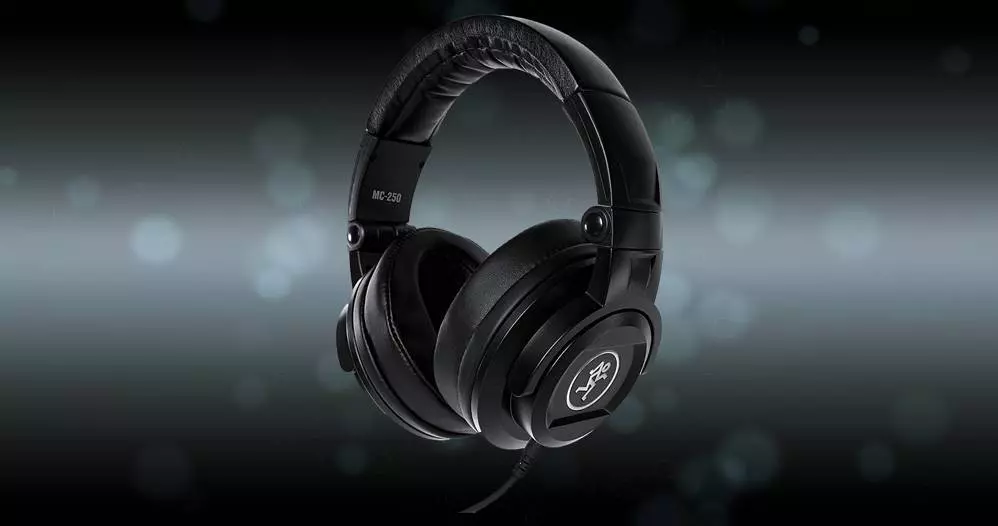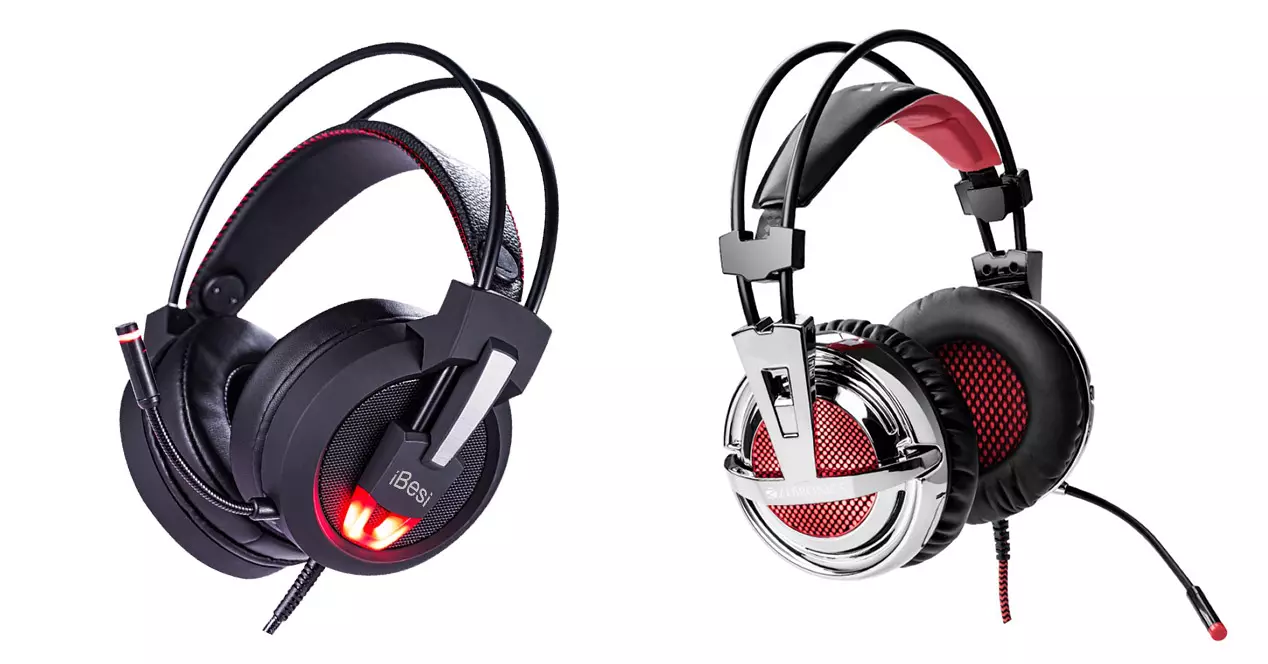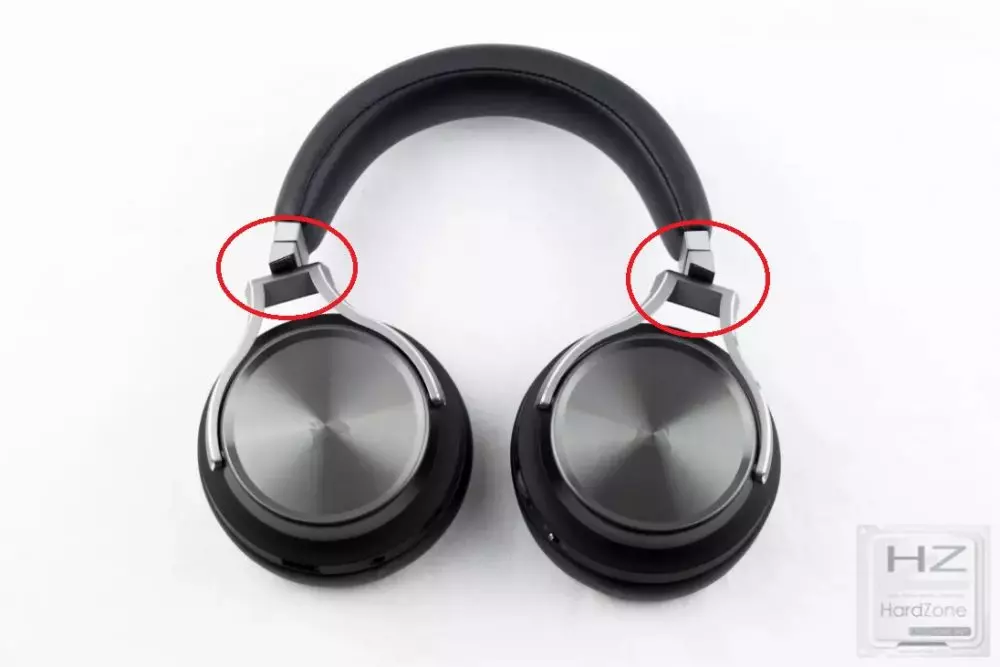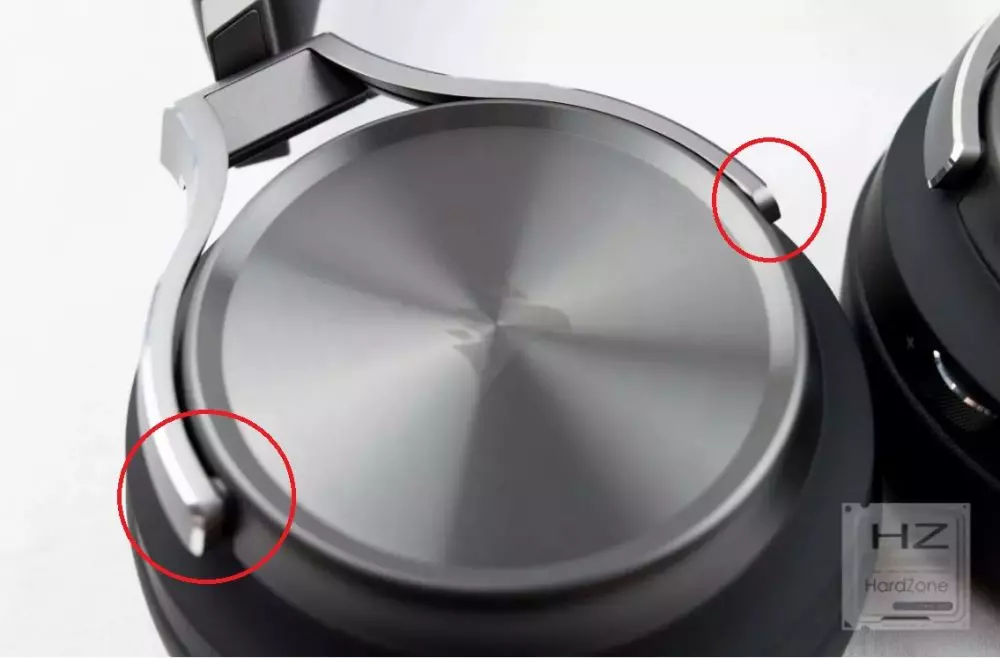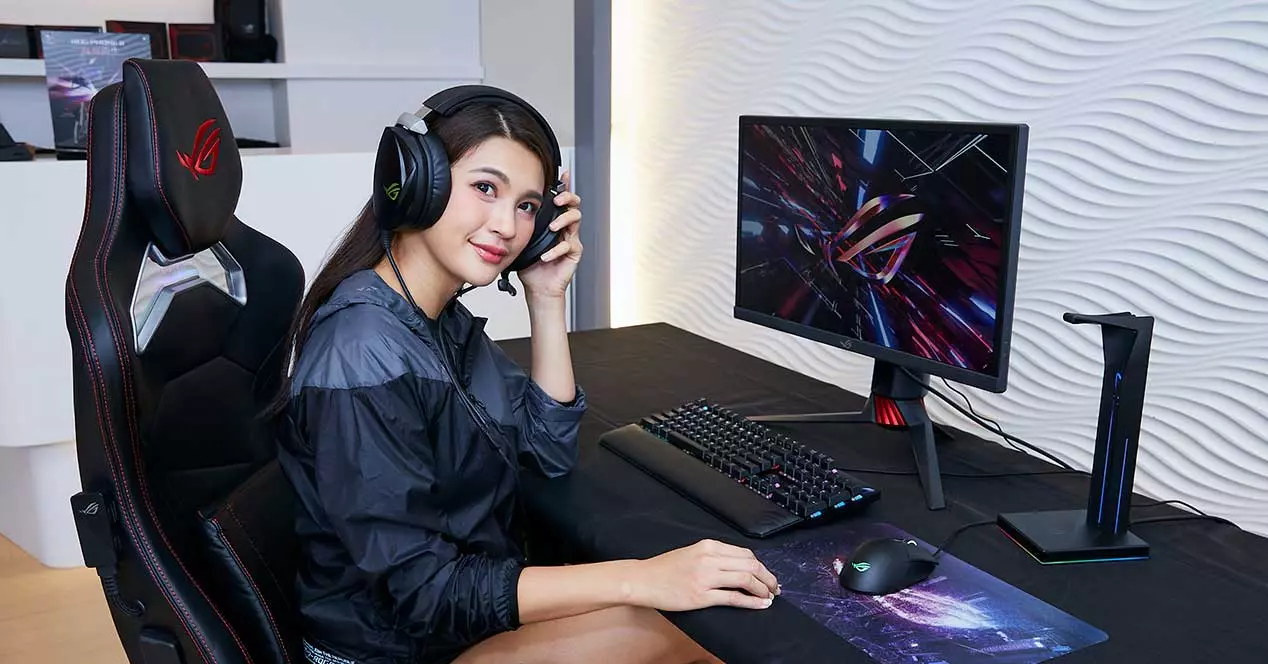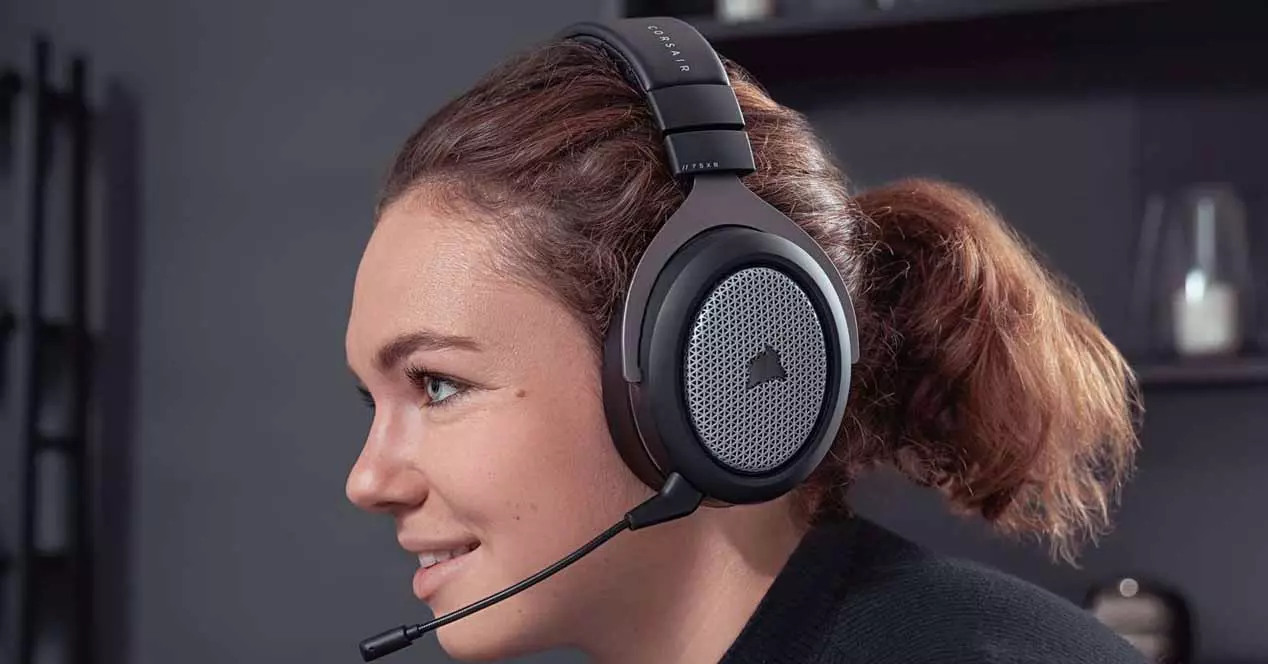
As a general rule, modern headphones and especially those designed for PCs have quite good ergonomics because, among other things, many of their settings are automatic. This means that the user will not have to worry about (almost) anything, and will simply have to place the headphones on their head as the self-adjusting systems will do the rest. However, there are times when this is not the case, and other times when these systems are simply insufficient to make the headphones completely comfortable, especially when used for many hours at a time.
What systems to adjust the ergonomics have the headphones?
Let’s start with the basics, which is to know what are the adjustment systems (automatic or manual) of modern headphones, since although it may seem a lie to you, the ergonomics of this peripheral goes far beyond the well-known extendable headband to adjust it to the size of the head of each user.
Headphone Headband Adjustment
However, we start with precisely this: the adjustment of the headband. The vast majority of headphones allow adjust the semi circumference of the headband to make it bigger or smaller and thus be able to place them on all kinds of heads; This is achieved with a click-type fastening system, normally inserting a metal rod inside the plastic of the headband itself. In this way, we can pull the earmuff down to make the headband bigger, and push it up to make it smaller.
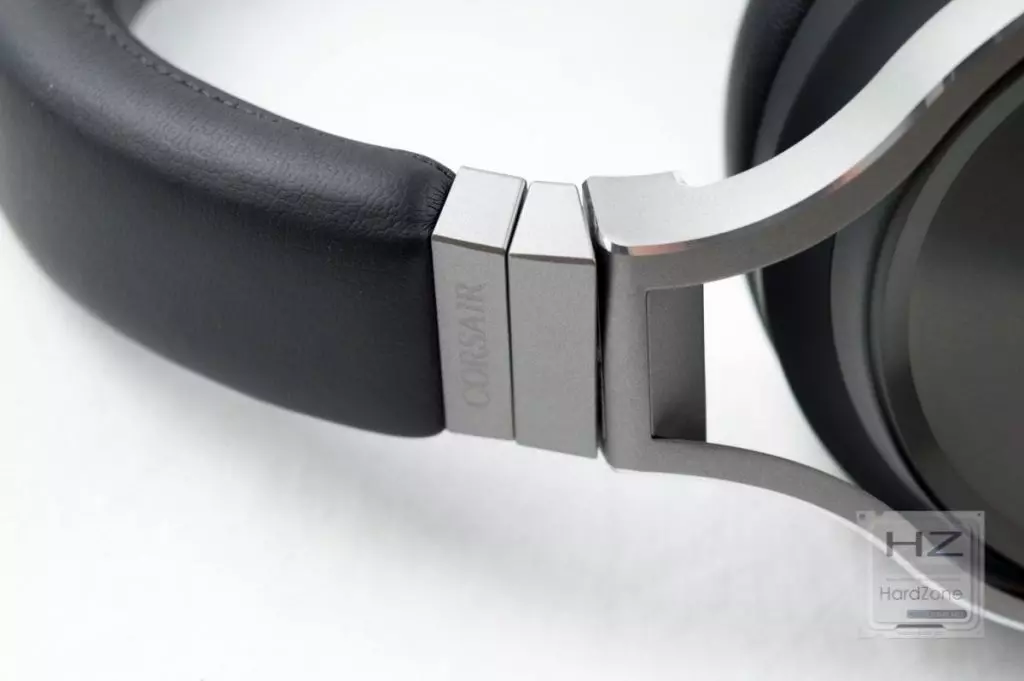
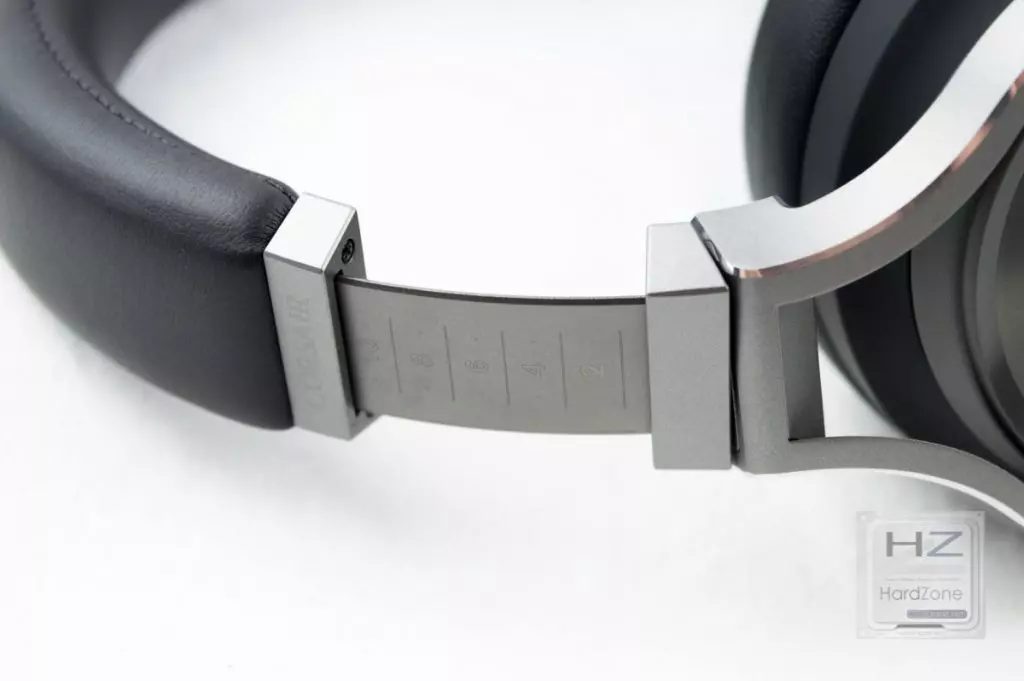
This type of adjustment has a drawback: by making the headband larger, the circumference closes and that causes the earmuffs to be closer to each other, exerting more pressure on head the user when the headphones are worn. Conversely, making the headband smaller can cause the earmuffs to spread too far apart, causing the headphones to not fit well and to be too loose; For this reason it is important to adjust this mechanism well to find the perfect balance between pressure and support.
Although this is the most widely used headband adjustment method, in recent times many manufacturers have opted for an automatic headband adjustment system inherited from the professional environment, known as suspended headband. It consists in that the headphones have a fixed non-adjustable upper headband, but incorporate a band, usually made of fabric or synthetic leather, tied to the sides by means of retractable threads or rubber bands, so that when the user puts the headphones on their head, they are They fit exactly the size of it.
This method of adjustment has the advantage that the user does not have to worry about doing it himself, but the disadvantage that depending on the tension of the rubbers or threads, it could put a lot of pressure on the upper part of the user’s head. Of course, the lateral pressure of the earmuffs is avoided since, as the upper headband is fixed, it will always be the same and does not vary regardless of the adjustment of the headband that is placed on top of the head.
Adjusting the earmuffs
The human being stands out for its variability, and when we talk about the ergonomics of the headphones this means that each user has a head of a different size and shape. In order to fit as many users as possible, the headphones generally also have earmuff adjustment, although it is true that the cheaper and lower-end models tend to do without this.
This adjustment consists of the earmuffs having some degree of twist, generally of 180 degrees (90 degrees to each side) as you can see in the image that we have put above. This adjustment is almost always automatic as well, and when placing the headphones on the head the earmuffs will rotate just enough to adapt to the shape of the sides of our heads, and it helps the earmuff covers to be perfectly aligned with the profile of head.
This is quite important, since otherwise and except for users who have perfectly flat head sides, the ear pads could be too tight on one side and, however, leave an open space on the other hand. Thanks to this twist adjustment, therefore, the ear muffs are perfectly adjusted to the face on both sides.
The third key parameter to adjust the headphones properly and that they are perfect also has to do with the ear muffs, but in this case instead of having a twist that allows you to rotate the ear muffs in the X axis, it is a turn that allows you to rotate them on the Y axis. In the image above you can see it well, since the earmuff is held by a kind of clamp with a shaft that allows some mobility.
This adjustment is usually much less “permissive” than the previous one, and usually it will not allow us to rotate the ear muffs more than a few 5-10 degrees as much; this is because otherwise the movement would pull too much on the cables and the manufacturer would have to introduce a retractable cable system or something similar. However, doing it this way is more than enough so that the ear muffs also fit perfectly above and below, and leaving a little slack for the cables is enough.
How to adjust the headphones to improve your comfort
As much as we study the human physiognomy, ergonomics will always be something subjective for each user, and therefore what is comfortable for one person can be uncomfortable for another. With this we want to tell you that if you want to adjust the headphones so that they are as comfortable as possible, you will be doing it according to your individual perception and that same adjustment may not serve another person. At the same time, it also means that you and only you should adjust the ergonomics of the headphones, as they should be comfortable for you.
That being said, our recommendation is this: with headphones on your initial position (if it has a headband adjustment, closed to the maximum, etc.), place them on your head holding both earmuffs with your hands and release them slowly so that their automatic adjustment systems do your job. Close your eyes and “feel” how they look … Are they too high? Then gradually open the headband until you find the right position: the entire ear should be inside the earmuff, but at the same time the headband should not put too much pressure on your head at the top.
Once you think you’ve found the most comfortable position, keep trying open or close the headband more, and again “feel” if the pressure exerted by the ear muffs on the head is too much or if you consider that it is okay. When you are satisfied with this adjustment, and even if the other adjustment systems are automatic, you can still adjust them further.
With the headphones on, grasp the earmuffs with your hands and rotate them on both the X axis and the Y axis, until you find the position in which you consider not only that they are comfortable for you, but also that they do not remain pressing too much on one side and too little on the other hand (we repeat, both on the X (horizontal) and Y ( vertical)).
Once you are satisfied with this, you are not done: try using the headphones for a few hours and see if they have caused pain, discomfort or fatigue in both the head and the ears. If so, go back to repeat adjustment until you find the ideal position for you, and if even so they continue to hurt you causing discomfort … we are sorry to say that perhaps the headphones you have are not ideal for you.
